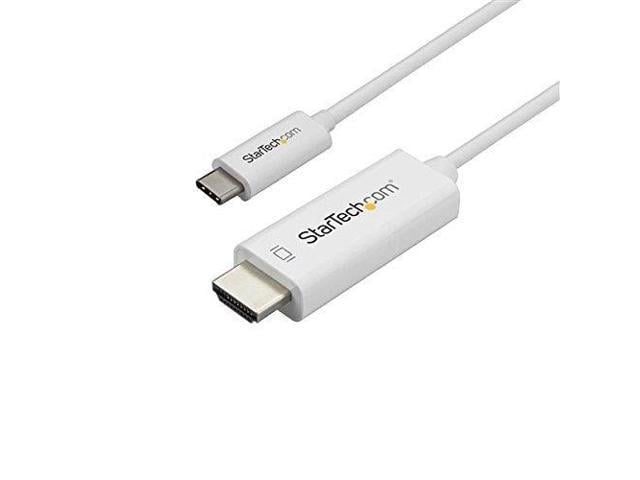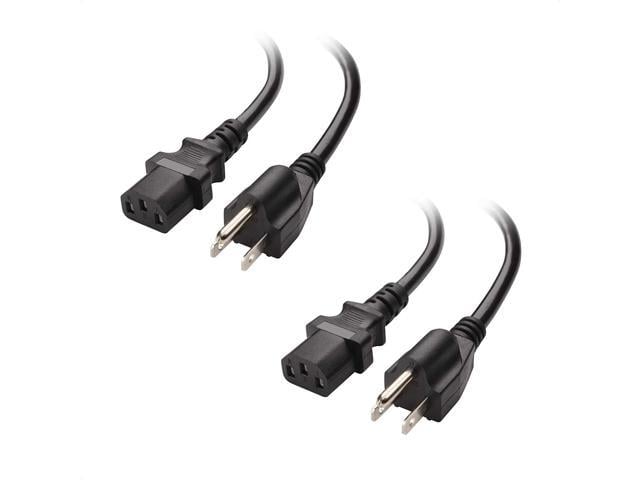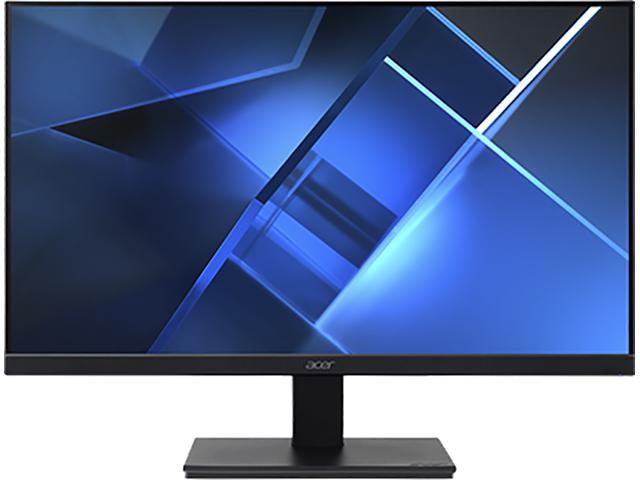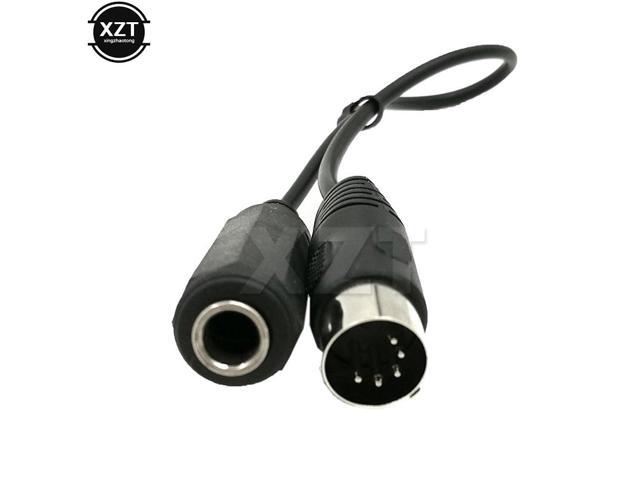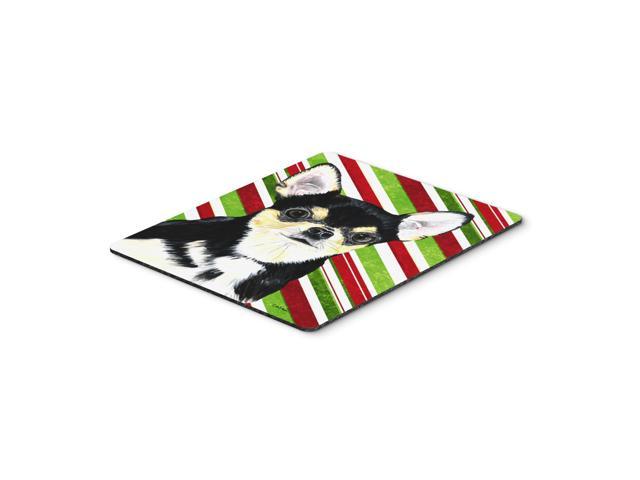Determining accurate shelf life data for foods is essential for assuring food quality and protecting consumers from the effects of degradation. With a proper balance of theory and practical examples,Shelf Life Assessment of Foodpresents the essential criteria and current methodologies for obtaining accurate and reliable shelf life dating. Defining the process through a series of sequential steps, the book assists and supports researchers and food industry operators in planning a shelf life study that best suits their needs.
Offering an integrated view of the present status of shelf life assessment, the book covers:
- Definitions, basic concepts, and regulatory aspects of food shelf life
- The shelf life assessment process, including preliminary steps, testing, modeling, and monitoring
- Methods for determining acceptability limits
- Critical indicators in shelf life assessment
- Real-time and accelerated shelf life testing
- Microbial indicators for shelf life prediction and determination
- Survival analysis methodologies and their role in modeling shelf life
- The effect of packaging materials properties in food shelf life assessment
The book concludes with a series of case studies involving fresh-cut apple slices, fruit juices, frozen pasta, cheese breadsticks, coffee, frozen shrimp, and fruit-based noncarbonated soft drinks. Each case study begins with a brief presentation of the product and the problem most relevant to the product''s shelf life. The studies first define acceptability limits and identify the indicators of quality loss. Next, the book examines expiration time assessment by instrumental or sensory tools.
Providing researchers and food industry operators with up-to-date data and procedures, this volume surveys the most critical factors and methods for obtaining accurate and reliable shelf life dating.




